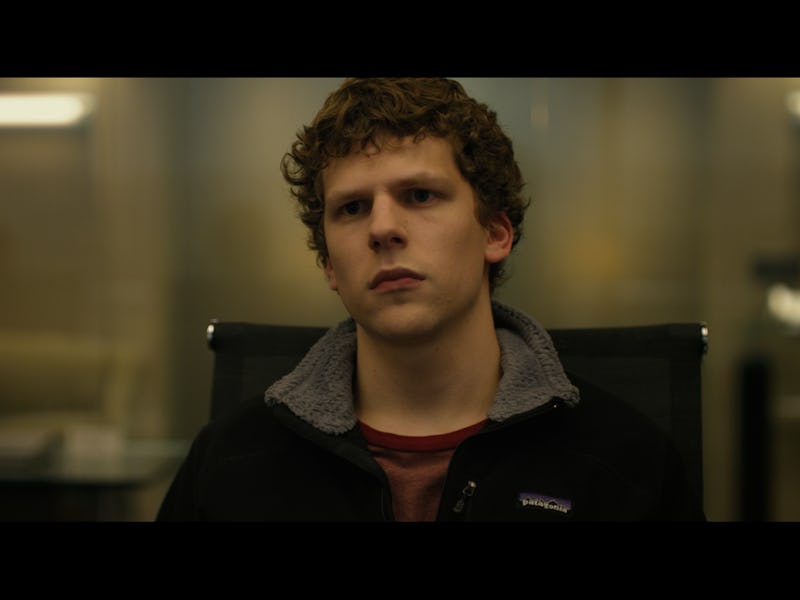Social Networks Want Us to Make More Friends Than We Can Handle
Maximizing connections brings in revenue, but IRL connections are harder to come by.

Social networks are like that dude at the bar constantly trying to slip into group conversations. They optimistically believe that circles of friends expand infinitely. New connections, they’ve concluded, are just the right one-liner or friend request away. But that’s not true — not exactly. Human friendliness is finite.
A person can only have about 150 friends, according to widely accepted research from Oxford anthropologist Robin Dunbar, who’s studied relationships since the 1980s. Still, for companies like Facebook and Twitter, big friend groups equal big business, so moving toward more limited, realistic models of friendship doesn’t appear, on first blush, to make financial sense. But what would it look like if a network tried to create a truly human system?
Friendster, which launched in 2002, was based on the “Circle of Friends” model, the idea that networks could only exist among people who had real-life bonds. MySpace, a copycat site that launched the next year, was pretty much based on the same concept but flooded its audience with band pages and music videos.
For the first two years of its existence, Facebook was strictly meant for Harvard kids to goon over each other’s profile pictures. In 2006, however, it opened up — first to other universities, then to anyone with an email address — introducing the idea that everyone on the internet could and should be friends. It took until 2009 for this move to become profitable, but Facebook’s cash has piled up since, as have friend requests from strangers, annoying colleagues, and random Russian people.
But in September 2011, Facebook unexpectedly rolled out its “Close Friends” and “Acquaintances” features, which essentially let users hide posts from friends they didn’t actually care about but were too polite to cut off entirely. The feature is still underused, but it makes users’ feeds considerably more useful and maps closer to real life.
Presumably for this reason, Facebook has implemented many other friendship-limiting privacy settings, letting you hide posts from exhausting married friends without unfollowing them and to block your ex from viewing your status updates. Twitter followed suit with its “mute” function in 2014. But in both networks, the option to friend and stay friends with anybody still remains.
The default setting is unrealistic.
Newer social networking tools aren’t much better at modeling real relationships, though they’re slightly more sensitive to the fact that friendship isn’t just another digit. By default, Snapchat only lets you interact with people you approve of, and Instagram gives you the option to make your account private. The difference between that option and the Facebook privacy settings is that private Instagram accounts are quite commonly used.
Still, even though sites like the mysterious Ello and This.cm launched as invite-only networks, recalling Facebook’s early days, the arc of the universe bends toward profitability and away from realism.
So, back to that question about what a realistic social network might look like: Well, reductive as it sounds, a close reading of Dunbar suggests that it might look like email. Your Gmail account allows you to be exclusive and spiteful in a spontaneous way while maintaining relationships of varied intensities with however many people you’d like. It also allows you to reach out and be rejected. The default mode on email is rejection — notes don’t answer themselves.
Life is like that.
At the end of the day, social networks are full of whiskey courage and a bit too forward. It’s part of why they’re a good time, but also why they inevitably end up freaking everyone out.